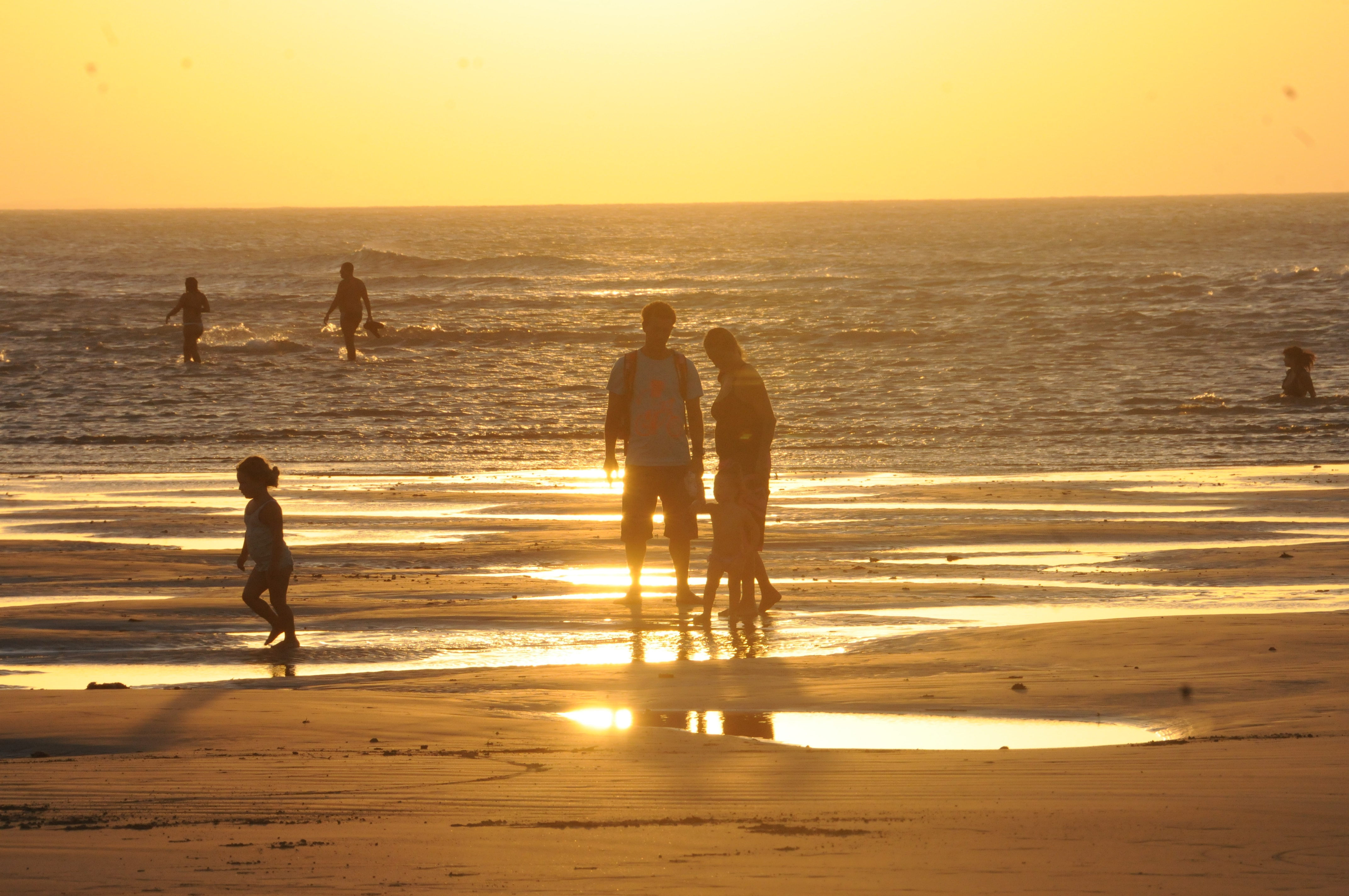|
Por: Lucas Tolentino - Editor: Marco Moreira
|
 |
|
Litoral catarinense: pioneirismo
|
Brazil will be the first country in Latin America and the Caribbean to do the domestic mapping vulnerability of the coastal zone to climate change. The Ministry of Environment (MMA) launched the initiative on Tuesday (07/07), in Brasilia, with Spanish institutions and UN partners in carrying out the work. The measure will begin at the coast of Santa Catarina and will aim to identify the weaknesses of the region to global warming.
The focus is promoting adaptation actions to climate change on the Brazilian coast. The initiative is part of a MMA cooperation program with the Economic Commission for Latin America and the United Nations Caribbean (ECLAC) and includes a project with the Hydraulic Institute of Cantabria (IHC), whose goal is to create databases historical, projections and methodologies to analyze risks in the Santa Catarina coast. At the national level, the measure will be carried out by the Federal University of Santa Catarina.
STEP
The expectation is that the mapping is done in the other coastal states. "This is a starting point, a first step," said the secretary of Water Resources and Environmental MMA Urban, Ney Maranhão. "We need to engage researchers and extend the action to the entire coast. It is essential to discuss future needs and start making an inventory of our coastline with regard to vulnerability to climate change. "
The mapping to be held in Brazil will have relevance to the rest of the international community. The counselor of Agriculture, Food and Environment of the Embassy of Spain, Luis Benito Ruiz, described as positive the start of the survey in Brazil. "The work will be useful for the exchange of experiences and the development of public policies to mitigate and adapt to climate change," he said.
LEARN MORE
The coastal areas are regions severely threatened by climate change. Among the risks there is the rising sea level and the increasing frequency of extreme events, as well as erosion and flooding, saline intrusion and the commitment of natural resources and biodiversity. The estimation of material values ??potentially at risk in the coastal zone is $ 136 billion, according to the study conducted by COPPE / UFRJ.
In this scenario, the adaptation actions refer to initiatives and measures to reduce the vulnerability of natural and human systems face the current and expected effects of climate change. In other words, it is a form of response to deal with possible impacts and explore possible opportunities. The development of an adaptation strategy involves, among other things, the identification of exposure to these impacts based on projections and climate scenarios.
